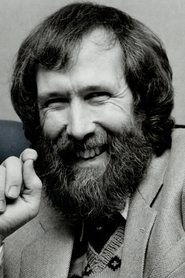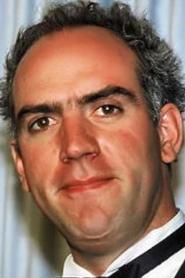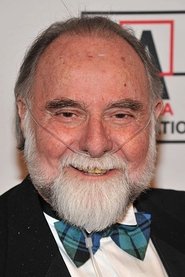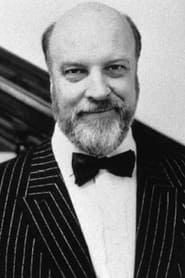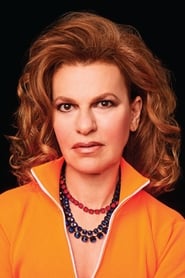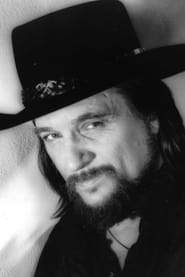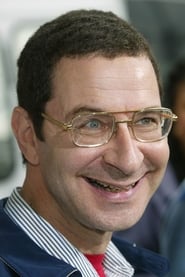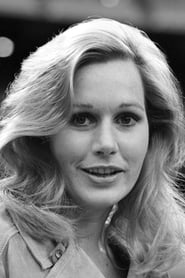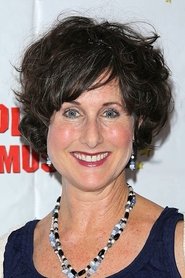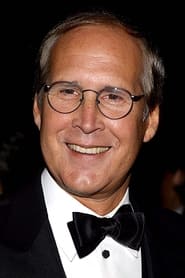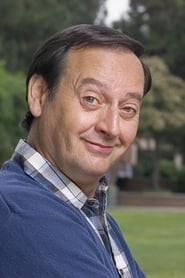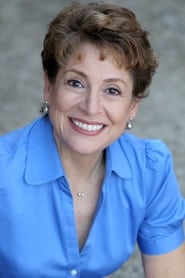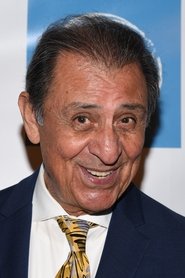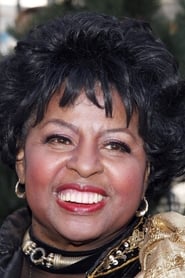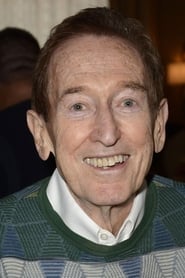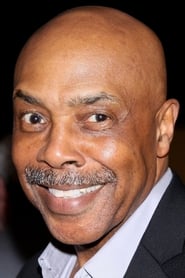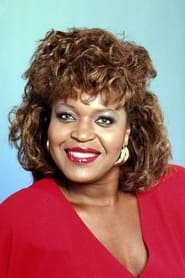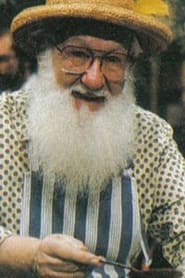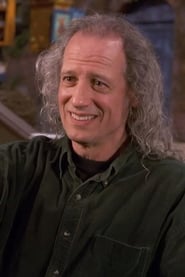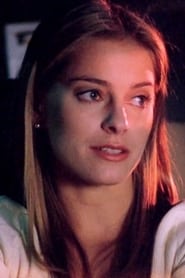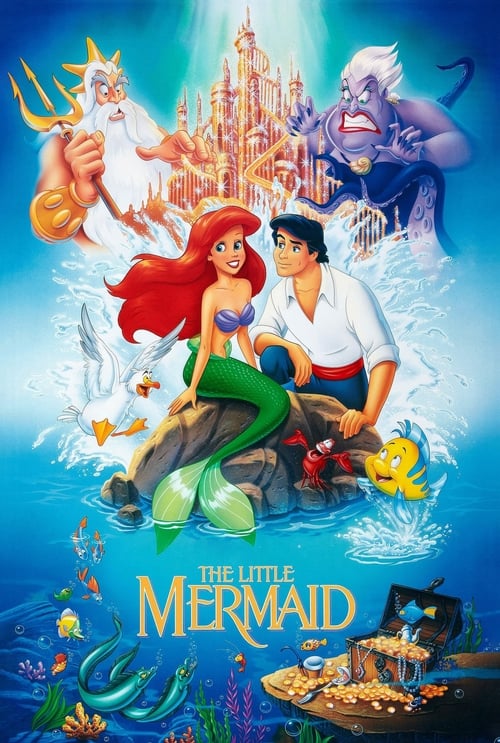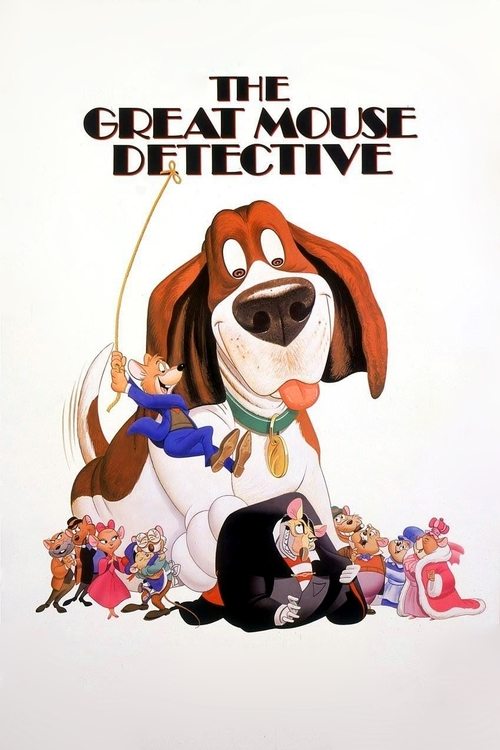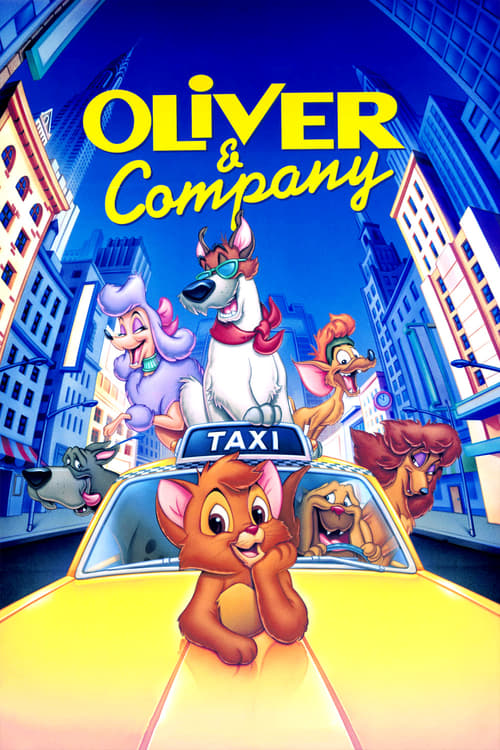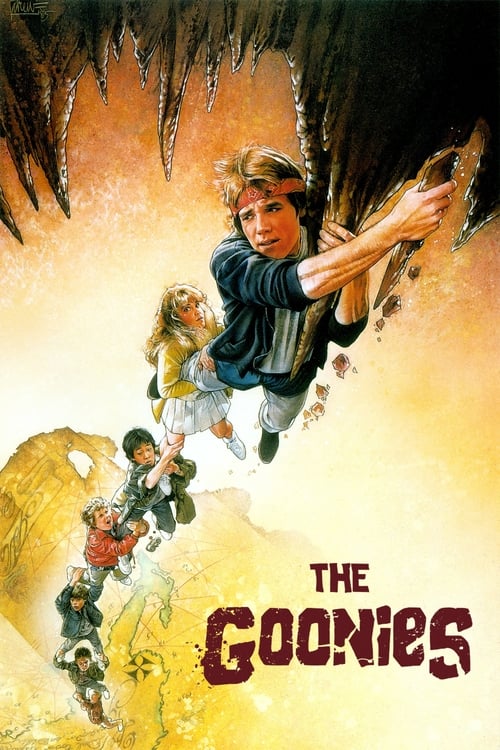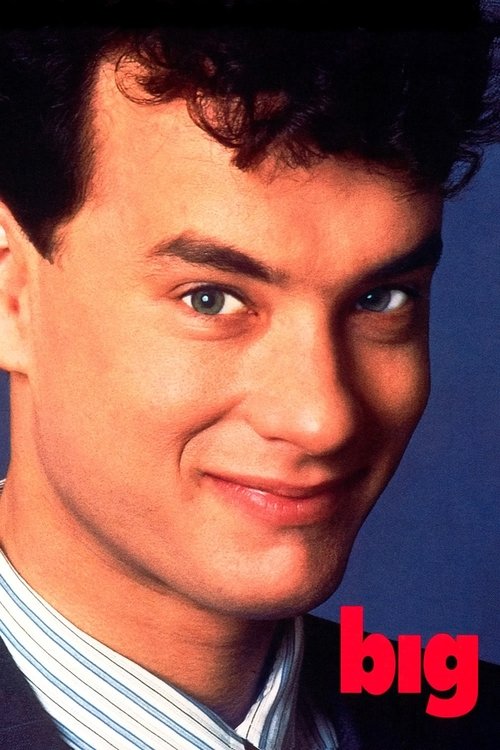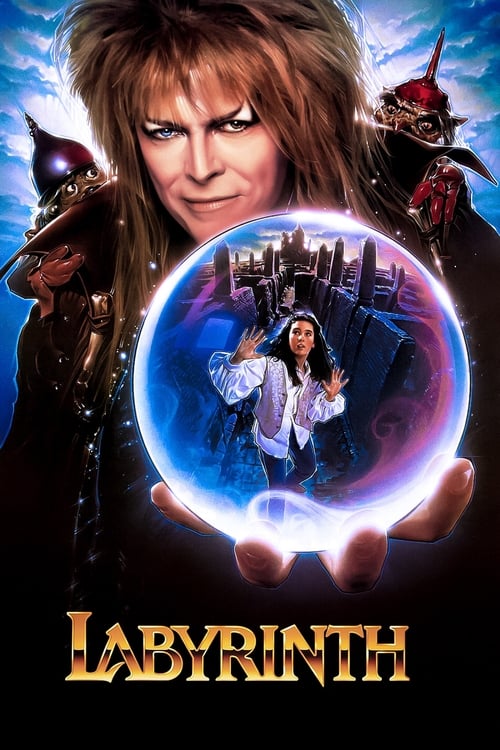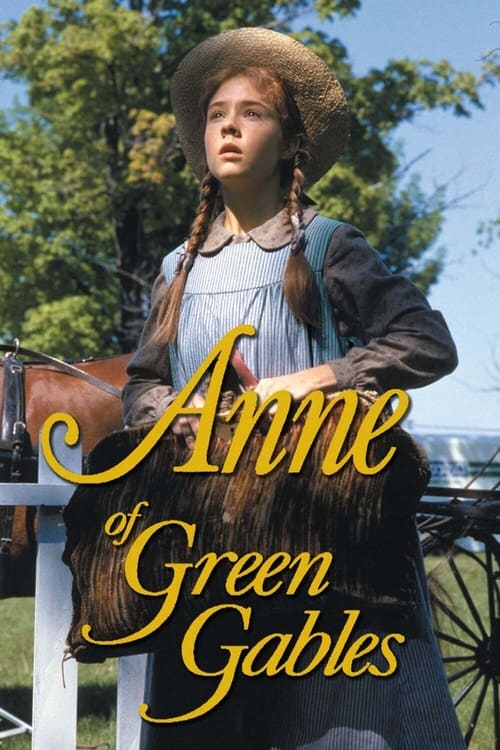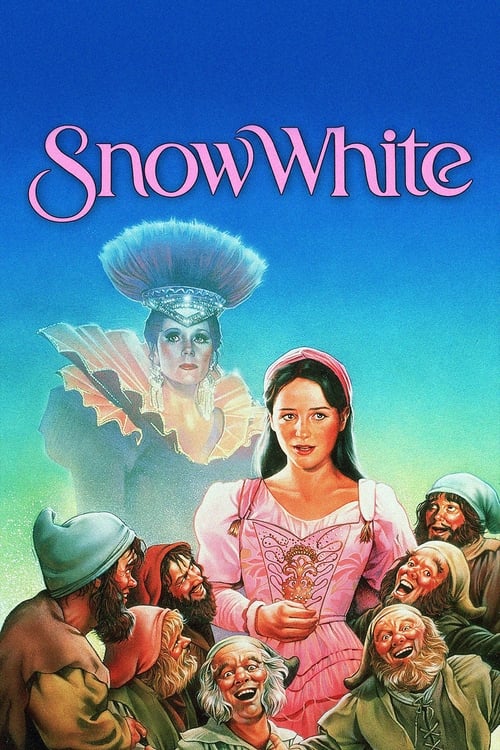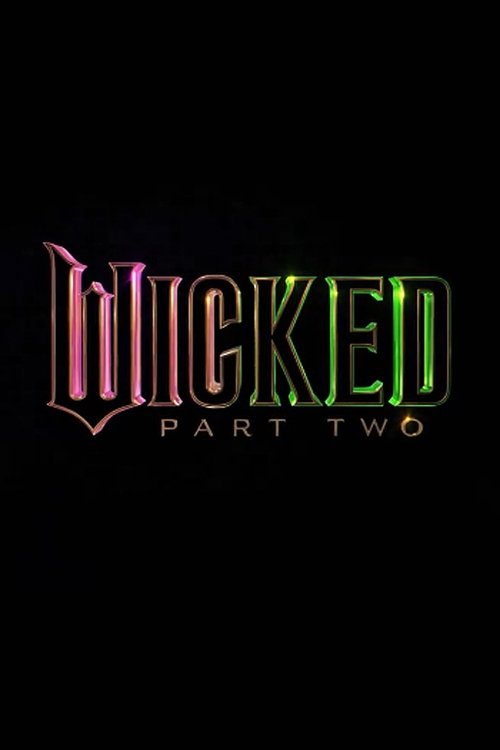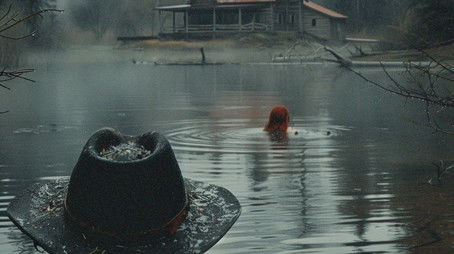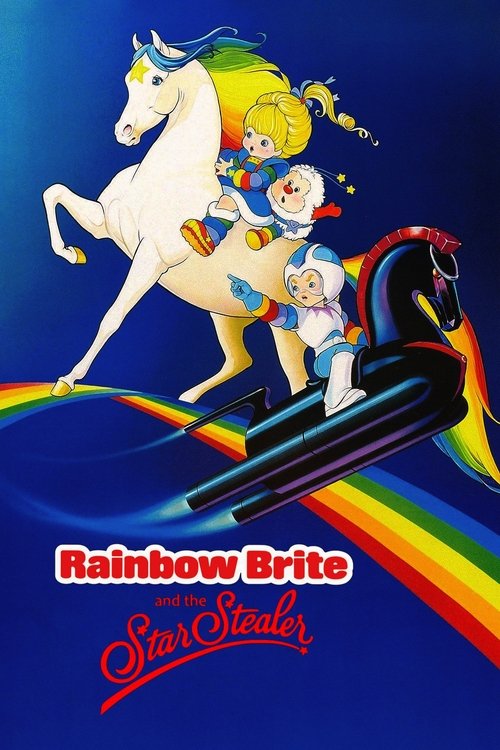
Ask Your Own Question
What is the plot?
The story begins in a quiet, formal meeting room where the Feathered Friends' Board of Birds convenes. This organization, dedicated to placing stray birds with appropriate bird families, is discussing the case of Big Bird, the large, lovable yellow bird who lives on Sesame Street. The board, convinced that Big Bird needs to be with his own kind, decides he should be sent to live with a family of dodos in the small town of Oceanview, Illinois. They appoint Miss Finch, a stern and unyielding social worker, to carry out this task.
On Sesame Street, Big Bird enjoys a carefree life surrounded by his friends--humans and Muppets alike--including Mr. Snuffleupagus, who lovingly watches over Big Bird's nest. The neighborhood is vibrant and warm, a place where diversity and friendship flourish. But this harmony is disrupted when Miss Finch arrives, her demeanor strict and official. She tells Big Bird, "You need to live with a worthy bird family," dismissing his current life and friendships as insufficient. Despite Big Bird's protests and sadness, Miss Finch insists on taking him away.
Big Bird is transported to Oceanview, Illinois, where the dodo family awaits. The Dodos are an insular, traditionalist group who look down on non-birds and rigidly enforce their own customs. They reject Big Bird's friendship with Mr. Snuffleupagus, insisting he should have a bird as a best friend instead. The Dodos' coldness and narrow-mindedness make Big Bird feel alienated and uncomfortable. The tension builds as Big Bird tries to fit in but is met with hostility and exclusion. The Dodos' attitude culminates in a harsh confrontation where they tell Big Bird, "You're not one of us, and you should stop pretending."
Unable to endure the rejection, Big Bird reaches his breaking point. One night, under the cover of darkness, he quietly escapes the Dodo household. He believes he can return home to Sesame Street quickly--after all, it took only two hours to fly to Oceanview by plane. But Big Bird cannot fly, and so begins a long and arduous journey on foot.
Back on Sesame Street, the news broadcasts a story featuring Miss Finch speaking to Kermit the Frog. She announces her intent to find Big Bird and bring him back to the Dodos, emphasizing her belief that Big Bird belongs with his own kind. The broadcast is seen by Big Bird's friends, who immediately band together, determined to find him before Miss Finch does. Bob Johnson takes charge, instructing the group to head toward Toadstool, Indiana, where he plans to meet them.
The Sesame Street gang splits up and sets off on a cross-country search, each group taking different vehicles that reflect their personalities. Gordon Robinson, Olivia Robinson, and Linda Bove pile into a bright yellow Volkswagen Beetle, though Cookie Monster's insatiable appetite for car parts causes frequent mishaps. Oscar the Grouch drives his famously ramshackle jalopy, while The Count sports a sleek, gothic car. Bert and Ernie take to the skies in a biplane, performing daring aerial maneuvers--including an upside-down barrel roll--to spot Big Bird from above.
Meanwhile, Big Bird's journey leads him through rural landscapes and small towns. He hitches a ride with a friendly trucker who encourages him to keep going despite the hardships. At a farm, Big Bird meets two children, Ruthie and Floyd, who offer him shelter in their barn for the night. This brief respite is filled with warmth and kindness, a stark contrast to his experience with the Dodos.
The next morning, Miss Finch arrives at the farm, but Big Bird slips away before she can capture him. His travels continue until he is eventually kidnapped by the Sleaze Brothers, two unscrupulous carnival operators who see Big Bird as a lucrative attraction. They plan to exploit him for profit, keeping him captive in a circus tent. Big Bird performs a sad, heartfelt song on stage about missing his home and friends, his voice filled with longing and melancholy. Backstage, two children who have befriended him urge the audience to call Sesame Street and alert his friends.
The Sesame Street gang, having tracked Big Bird's location, sneaks into the circus tent to rescue him. However, the Sleaze Brothers manage to escape with Big Bird still in tow. Gordon and Olivia give chase, leading to a thrilling pursuit. Eventually, they succeed in freeing Big Bird. The Sleaze Brothers are apprehended by the authorities and charged with a series of illegal activities and felonies, their criminal enterprise dismantled.
Big Bird returns to Sesame Street amid cheers and joyous celebration from his friends. But the relief is short-lived when Miss Finch arrives once again, this time with news of another bird family she believes is suitable for Big Bird. The community braces for another upheaval.
Maria Rodriguez, one of Big Bird's closest human friends, steps forward and confronts Miss Finch. She passionately defends Big Bird's right to remain on Sesame Street, saying, "On Sesame Street, there are all kinds of people and things, and we are all happy together, even if we aren't all the same." Her heartfelt testimony, along with the evident love and support Big Bird has from his friends, moves Miss Finch. She acknowledges the unique and inclusive nature of Sesame Street and finally relents, allowing Big Bird to stay.
The film closes with Big Bird returning to his nest, greeted warmly by Mr. Snuffleupagus, who has been patiently waiting for him. The sense of homecoming is profound, symbolizing acceptance, belonging, and the triumph of friendship over rigid conformity.
Throughout the story, there are no deaths or fatal violence; the conflicts are resolved through understanding, courage, and community. The major confrontations--between Big Bird and the Dodos, the Sleaze Brothers' kidnapping, and Miss Finch's persistent attempts to relocate Big Bird--each serve to highlight themes of acceptance, identity, and the importance of chosen family.
"Follow That Bird" ends on a hopeful and affirming note, with Big Bird firmly rooted in the diverse, loving environment of Sesame Street, surrounded by friends who cherish him for who he is.
What is the ending?
In the ending of "Follow That Bird," Big Bird is reunited with his friends after a series of adventures and challenges. He learns the importance of friendship and belonging, ultimately deciding to return to Sesame Street, where he feels at home.
As the story unfolds towards its conclusion, we find Big Bird feeling lost and alone after being taken away from Sesame Street by the Dodo family, who want him to fit in with their kind. After a series of misadventures, including a journey across the country and encounters with various characters, Big Bird realizes that he misses his friends and the place he truly belongs.
In a pivotal scene, Big Bird escapes from the Dodo family and begins his journey back to Sesame Street. He is determined to find his way home, despite the obstacles he faces. Along the way, he is aided by his friends, including the Muppets from Sesame Street, who have been searching for him. They face challenges together, showcasing their loyalty and the strength of their friendship.
As Big Bird approaches Sesame Street, he is filled with a mix of excitement and nervousness. The familiar sights and sounds of his home bring back a flood of memories, and he feels a deep sense of belonging. When he finally arrives, he is greeted with open arms by his friends, who have been worried about him. The reunion is filled with joy and relief, emphasizing the theme of friendship and the importance of being with those who care for you.
In the final moments, Big Bird realizes that while he may have had adventures and met new friends, nothing compares to the love and support he receives from his friends on Sesame Street. The film closes with a celebration of their friendship, reinforcing the message that home is where you are loved and accepted for who you are.
The main characters, including Big Bird, the Dodo family, and his Sesame Street friends, all find resolution in their arcs. Big Bird returns home, the Dodo family learns about the importance of being true to oneself, and the Sesame Street gang reaffirms their bond, highlighting the film's core themes of belonging, friendship, and the journey of self-discovery.
Is there a post-credit scene?
"Follow That Bird," produced in 1985, does not have a post-credit scene. The film concludes with a heartwarming resolution as Big Bird is reunited with his friends from Sesame Street after his adventurous journey to find a place where he belongs. The story wraps up with a sense of community and friendship, emphasizing the importance of family and acceptance. The credits roll without any additional scenes following the main storyline.
What motivates Big Bird to leave Sesame Street in Follow That Bird?
In 'Follow That Bird', Big Bird is motivated to leave Sesame Street when he learns that he is being adopted by a family of doves. He feels a sense of curiosity and excitement about finding his new family, but also experiences confusion and sadness about leaving his friends behind.
How do the other Sesame Street characters react to Big Bird's departure?
The other Sesame Street characters, including Elmo, Oscar the Grouch, and Cookie Monster, are initially shocked and saddened by Big Bird's decision to leave. They express their concern for him and feel a deep sense of loss, which drives them to embark on a journey to find him and bring him back home.
What challenges does Big Bird face on his journey to find his new family?
During his journey, Big Bird faces several challenges, including feeling lost and lonely in unfamiliar places. He encounters various characters, such as the villainous Mr. Snuffleupagus, who tries to take advantage of his naivety, and he struggles with the realization that he misses his friends from Sesame Street.
What role do the Dodo Birds play in Big Bird's story?
The Dodo Birds, who are a family that Big Bird meets during his journey, play a significant role in highlighting the theme of belonging. Initially, they seem welcoming, but they ultimately reveal their true intentions of exploiting Big Bird for their own gain, which leads to a pivotal moment where Big Bird must choose between staying with them or returning to his true friends.
How does the film depict the friendship between Big Bird and his Sesame Street friends?
The film depicts the friendship between Big Bird and his Sesame Street friends as deep and heartfelt. Their bond is showcased through their determination to find Big Bird, as they face various obstacles together. The emotional stakes are high, emphasizing their love and loyalty, which ultimately drives the narrative forward.
Is this family friendly?
"Follow That Bird," produced in 1985, is generally considered a family-friendly film, especially for children. However, there are a few scenes and aspects that might be potentially objectionable or upsetting for some viewers, particularly sensitive children.
-
Separation and Loneliness: The film revolves around Big Bird being separated from his friends and family, which may evoke feelings of sadness or anxiety in younger viewers.
-
Bullying and Teasing: There are moments where Big Bird faces bullying and teasing from other characters, which could be distressing for children who have experienced similar situations.
-
Dangerous Situations: Big Bird encounters various challenges and dangerous situations throughout his journey, including being in precarious locations that might cause concern for younger audiences.
-
Emotional Moments: There are scenes that depict emotional distress, such as Big Bird feeling lost or rejected, which may resonate deeply with sensitive viewers.
-
Misunderstandings: The film includes misunderstandings between characters that lead to conflict, which might be upsetting for children who are sensitive to themes of conflict and resolution.
Overall, while the film is designed to be entertaining and heartwarming, these elements may require parental guidance for younger or more sensitive viewers.




